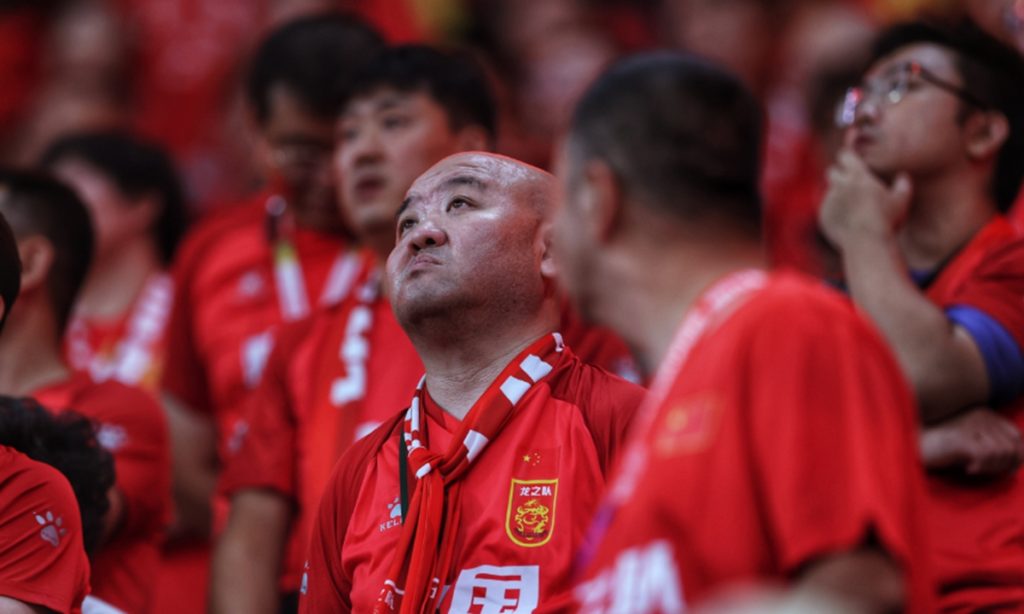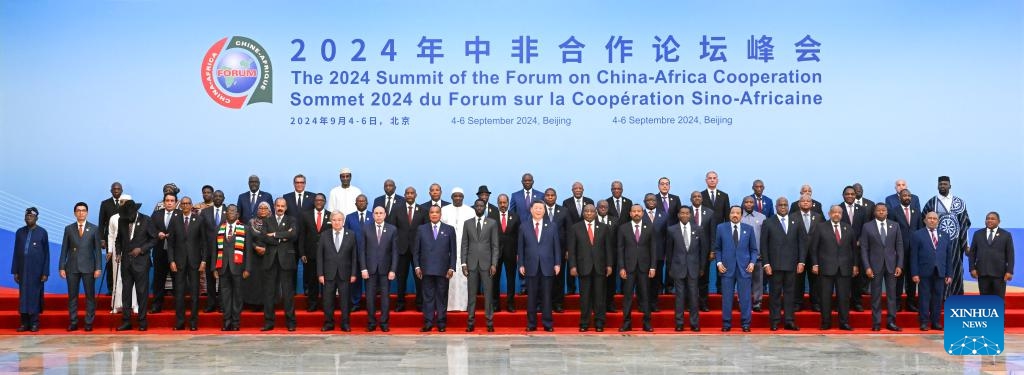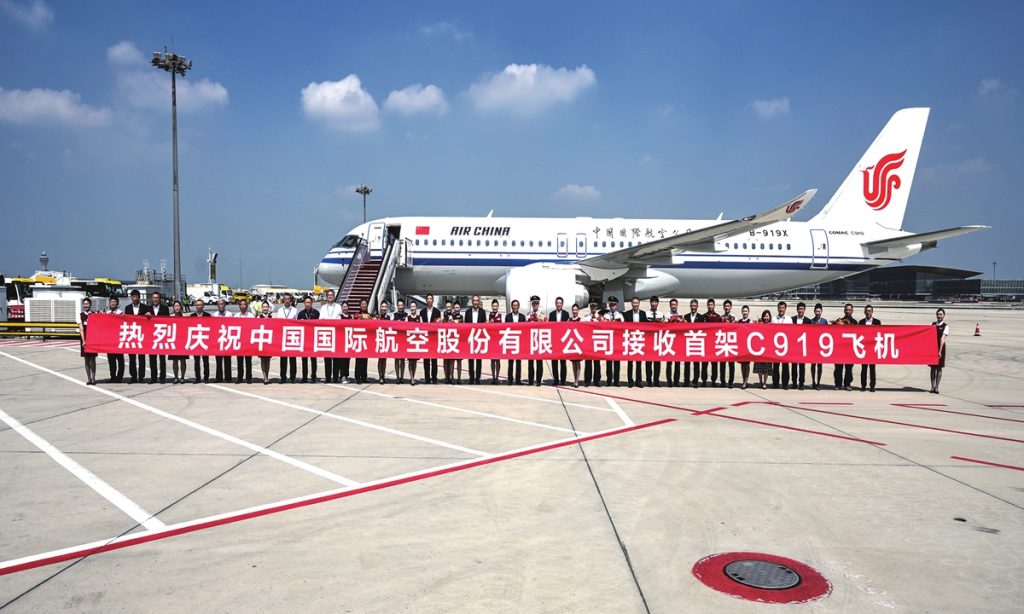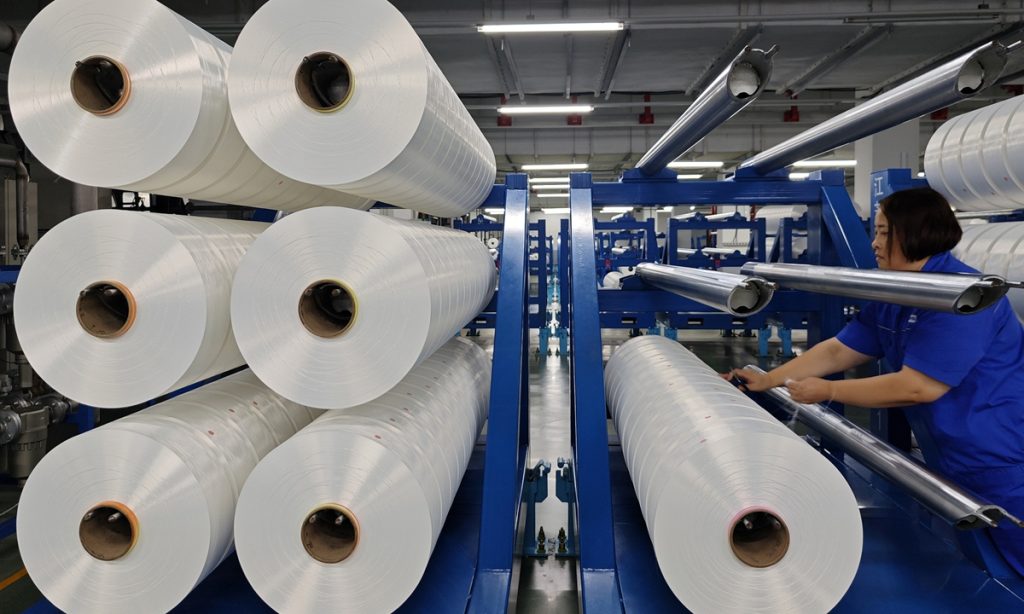US, UK pledge additional aid to Ukraine

The US and UK's pledge of nearly $1.5 billion in additional aid to Ukraine is their latest efforts to fuel the ongoing Russia-Ukraine conflict, despite the mounting battlefield challenges Kiev is facing. At the same time, Europe continues to struggle with the broader geopolitical and security crises brought on by the conflict, analysts said.
On Wednesday, US Secretary of State Antony Blinken and British Foreign Secretary David Lammy made a rare joint visit to Kiev, where they met with Ukrainian President Volodymyr Zelensky. Blinken reiterated the US' "enduring" support for Ukraine, and the three also discussed Ukraine's "continued progress toward NATO and EU membership," according to a release from the US Department of State.
During the visit, Blinken announced over $700 million in humanitarian aid, while Lammy pledged an additional $782 million in assistance and loan guarantees, the Associated Press reported.
The US and the UK aim to showcase their strategic support for Ukraine, encouraging it to hold firm in its fight with Russia, Zhang Hong, a research fellow at the Institute of Russian, Eastern European and Central Asian Studies of the Chinese Academy of Social Sciences, told the Global Times on Thursday.
Ukraine currently faces significant challenges on the battlefield: The frontline in Donbas remains highly tense, and the situation in Kursk has reached a stalemate, with mobile warfare giving way to trench warfare and leading to increased attrition, Zhang said.
Ukrainian forces are also grappling with a shortage of ammunition, strained by the demands of fighting on multiple fronts, noted Zhang.
Zelensky has been lobbying Western allies for permission to use long-range weapons from the US and other allies to strike targets deeper inside Russia. Blinken and Lammy said that the issue would be discussed when US President Joe Biden holds talks with UK Prime Minister Keir Starmer in Washington on Friday, the Financial Times reported.
Some observers also believed that Blinken and Lammy's visit is aimed at planning future military strategies more efficiently. They are seeking to encourage Ukraine to use Western weapons more effectively to exert greater military pressure on Russia, thereby convincing the US and the West to continue providing substantial military aid to Ukraine.
Kremlin spokesperson Dmitry Peskov warned on Wednesday that Moscow would deliver an "appropriate" response if Ukraine's Western allies eased restrictions on using long-range weapons with a view to attacking deep into Russian territory, the Moscow Times reported.
From the perspective of great power competition, supporting Ukraine aligns with the US' strategic interests, while Ukraine endures significant material and human sacrifices, some experts said.
The Russia-Ukraine conflict has left Europe in a passive position, largely due to the strategic competition between Russia and the US. Meanwhile, Europe has had to bear the economic and security costs of these geopolitical and security crises, Zhang noted.







